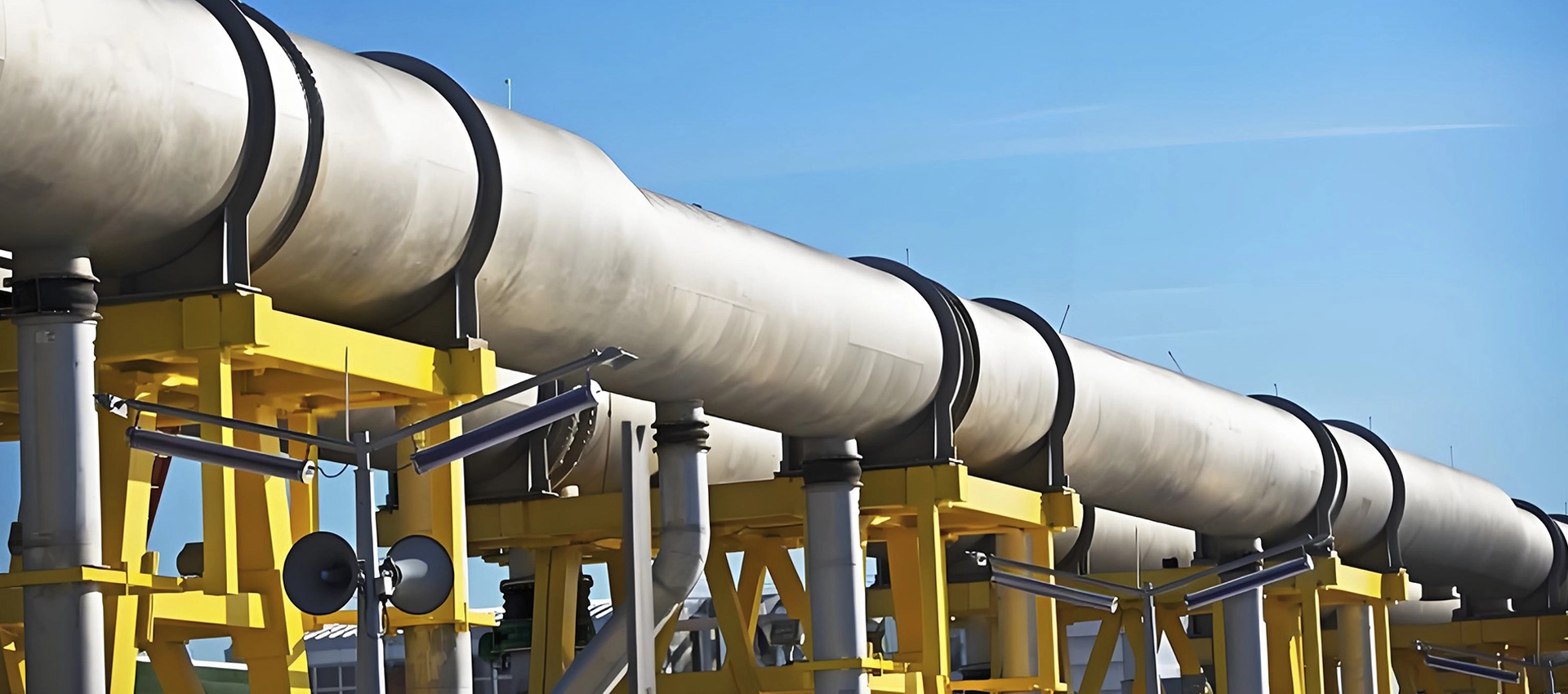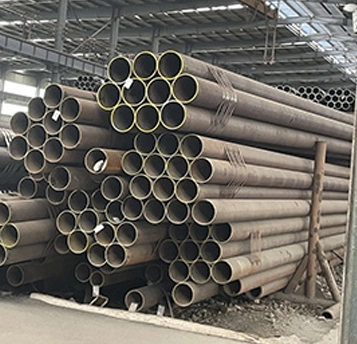Standard Grades of DIN 2391 pipes
DIN 2391 specifies two quality grades for seamless precision steel tubes. Quality A is for tubes without special inspection requirements, while Quality C is for tubes subject to additional requirements.
Material Grades of DIN 2391 pipes
The standard includes several steel grades such as St30Al (1.0212), St30Si (1.0211), St35 (1.0308), St45 (1.0408), and St52 (1.0580). Each grade has specific chemical composition requirements.
Chemical Composition of DIN 2391 pipes
The chemical composition varies by grade. For example, St30Al has 0.17-0.24% C, 0.10-0.35% Si, 0.40-0.80% Mn, max 0.035% P, and max 0.035% S. St52 has max 0.22% C, max 0.55% Si, max 1.60% Mn, max 0.025% P, and max 0.025% S.
Mechanical Properties of DIN 2391 pipes
Mechanical properties also differ. St30Al has a tensile strength of 420-550 MPa, yield strength of 275 MPa min, and elongation of 21% min. St52 has a tensile strength of 580-730 MPa, yield strength of 420 MPa min, and elongation of 15% min.

 EN
EN







